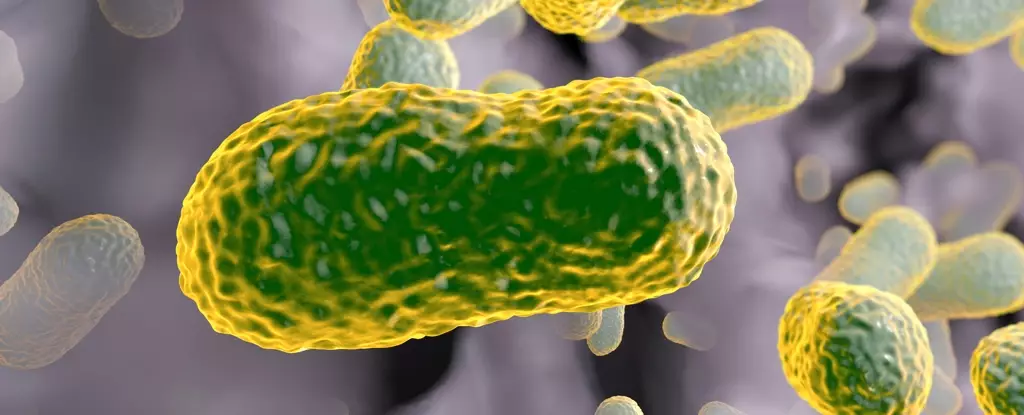The ongoing battle against antibiotic-resistant bacteria has become one of modern medicine’s most pressing challenges. While pharmaceutical companies continue to seek new solutions, an intriguing option has emerged from the annals of history: nourseothricin, an antibiotic initially isolated about 80 years ago. Once considered too toxic for human use, new research is breathing life into this forgotten compound, suggesting it may play an essential role in combating the rising tide of drug-resistant infections.
The discovery of antibiotics marked a revolutionary breakthrough in healthcare over the last century. During the so-called ‘golden age’ of antibiotics, significant strides were made in identifying compounds that effectively combat bacterial infections. Among these early discoveries were the active components derived from soil bacteria, which laid the foundation for many antibiotic classes still used today. However, as the years have passed, the increase in antibiotic-resistant strains has rendered many of these once-effective medications less useful. This situation has led researchers back to compounds that may have been overlooked but possess the potential to provide new avenues for treatment.
Nourseothricin: A Promising Antidote
Streptothricin, the precursor to nourseothricin, was first isolated in the 1940s and drew attention for its efficacy against gram-negative bacteria. Unlike their gram-positive counterparts, gram-negative bacteria are encased in an extra layer that renders them more resistant to many currently available antibiotics. The initial enthusiasm surrounding streptothricin was short-lived, however, as early studies indicated its toxicity to human kidney cells. As a result, it faded into obscurity while newer antibiotics were developed and marketed.
In recent years, the emergence of multi-drug-resistant pathogens has prompted a renewed interest in studying the capabilities of compounds like nourseothricin. Led by pathologist James Kirby and his research team at Harvard University, scientists have rediscovered the unique properties of this antibiotic. Specifically, they have zeroed in on one component, streptothricin F (S-F), which appears to maintain its potency against drug-resistant gram-negative bacteria without the same toxic effects observed with its counterparts.
Understanding how nourseothricin, particularly S-F, affects bacteria is pivotal to unlocking its full therapeutic potential. Preliminary studies indicate that this antibiotic imitates a unique mechanism of action by targeting the bacterial cell’s protein synthesis machinery in a way distinct from existing antibiotics. While the complete mechanism remains under investigation, these initial insights provide a promising avenue for developing a new class of antibiotics tailored to resistances previously considered insurmountable.
A fascinating aspect of nourseothricin’s future involves enhancing the natural structure of streptothricins. In achieving this, researchers may discover variations that possess even greater efficacy against bacteria that have eluded conventional treatments. The evolutionary arms race that drives the adaptation and resistance of pathogens necessitates innovative solutions, and utilizing compounds like nourseothricin could pivot the direction of antibiotic treatment back toward effective outcomes.
As the World Health Organization (WHO) has highlighted the pressing need for new antibiotics, the prospects for compounds like nourseothricin could potentially reshape the landscape of modern medicine. With more structures being re-evaluated under the lens of contemporary scientific understanding, the hunting ground for new antibiotic therapies is gradually becoming more extensive and promising. Researchers are now compelled to cast a wider net, diving deep into the foundations of antibiotic development, where forgotten substances may still harbor the keys to fighting superbugs.
The resurgence of nourseothricin offers a breath of hope amid growing concerns about antibiotic resistance. Reviving and studying long-abandoned antibiotics may provide the necessary solutions to tackle the rising challenge posed by multi-drug-resistant pathogens. Although challenges remain in understanding the pharmacodynamics and optimizing the efficacy of these compounds, history has shown that ingenuity and perseverance in scientific exploration can eliminate barriers and spark significant breakthroughs. As this antibiotic re-enters the dialog of medical research, it may pave the way for a new era in the fight against drug-resistant infections.

Leave a Reply